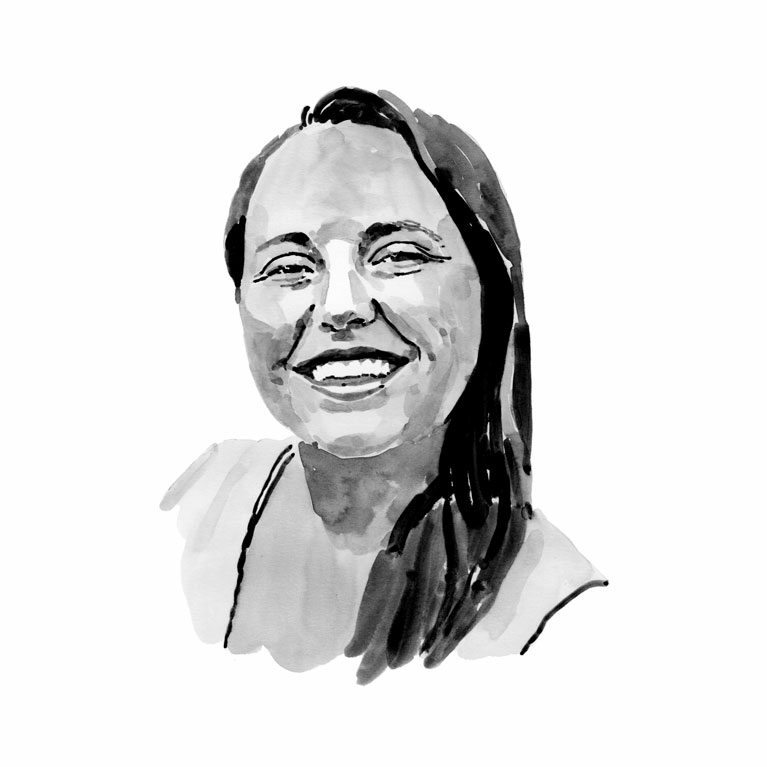Vivienne Dames

Who I am
I grew up in a small town near the sea in the Eastern Cape, South Africa. Despite being told it wasn’t what girls do, I tagged along with my father and brother on every fishing trip to the sea. I’ve held the ocean in my hands from a very young age, and it has been shocking to notice how much it has changed since I was that little girl. I am still an avid recreational angler, participating in fish-tagging programmes and citizen science tagging. I use my scientific background from my studies and my recognition as one of the top female anglers in the country to spread conservation awareness. I fear that science often gets lost before it gets to the end user, the person on the beach holding the fish or shark in their hand.
As for my scientific background, there was no guessing what I would study; I went straight to studying fish in the Department of Ichthyology and Fisheries Sciences at Rhodes University. With the support of the South African Institute for Aquatic Biodiversity and the Save Our Seas Foundation, I am currently working on my PhD research in a field I am incredibly passionate about. I am also the data manager for the port of Ngqura’s long-term fish bio-monitoring programme. This presents an excellent opportunity to address a significant gap in our understanding of sharks and rays. I am conducting my PhD research in this novel, man-made environment to better understand how life finds a way, particularly in the case of sharks and rays, and how these creatures build their lives in our artificial harbours.
Where I work
I work in the port of Ngqura, situated 20 kilometres (12 miles) east of Gqeberha, South Africa. The deep waters within this port were developed by extensively dredging the mouth of the small and temporary Coegha River. Construction was completed in April 2006 and the port became operational at the end of 2009. An impressive feat of engineering has turned what was once a tiny estuary between expanses of beach into a harbour with an industrial development zone, with one breakwater 1.3 kilometres (0.8 miles) and the other 2.7 kilometres (1.7 miles) long. These breakwaters were constructed from rock armoury and 26,500 concrete dolosse weighing 30 tonnes. Several years later, long-term monitoring by means of dart tagging has shown incredible biodiversity in this artificial port, with particularly high densities of sharks and rays. Port Ngqura has seen many impressive fishy visitors, from great whites and whale sharks to large bull sharks and short-tail sting rays with a two-metre (6.5 feet) wingspan. It’s an incredible diversity that bears no resemblance to the sea life around the beach that was dredged in 2006 – and heartening to see a new suite of marine characters making lives for themselves in a man-made environment.
What I do
This project works closely with the Transnet Environmental team and it is because of this good relationship that we have been given an incredible opportunity to operate in this area. I have worked offshore across South Africa, from warm and tropical waters to the cold waters of the Benguela current, but there’s something strange and almost alien about working in such a massive port. We deploy our underwater cameras from a small boat, with enormous container ships all around that make you feel like a speck. Each camera system operates for an hour on the sea floor, which in the port can be up to an incredible 20 metres (65 feet) deep, and we then move it to another location. We keep going for the day until we have 10–12 hours of footage and we will be doing this every week for a year. Many species that enter the port may not stay very long, so we are very keen to catch a glimpse of them while they are around. We will analyse this underwater footage by identifying all the shark and ray species and estimating their size as accurately as possible, and will then try to work out what function the port has in their lives and what may be driving any changes in the species we see.
